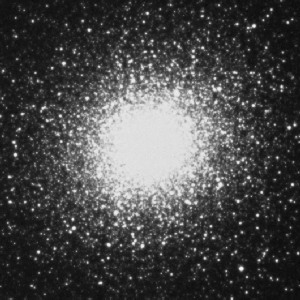The globular cluster M13 in the constellation Hercules
Click on image for full size
the Space Telescope Science Institute and NASA
Globular Clusters
If you think that this globular cluster looks like a very round
elliptical galaxy, you would
be right! Elliptical galaxies and globular clusters have a lot in
common. There is no gas or dust in a globular cluster, and the stars
are old. In fact, globular clusters may be the some of the oldest
objects in the universe.
The big difference is size! Globular clusters contain hundreds of
thousands or millions of stars. Elliptical galaxies can contain
hundreds of billions of stars! And while elliptical galaxies are
sometimes round, globular clusters are never elliptical.
Globular clusters are found both in spiral galaxies and elliptical
galaxies. The Milky Way,
for example, has over one hundred globular clusters throughout it's
halo.
You might also be interested in:
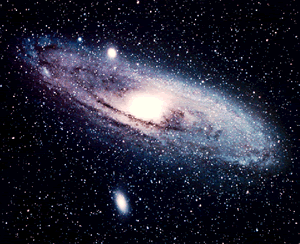
Spiral galaxies may remind you of a pinwheel that blows in the breeze. Like a pinwheel, a spiral galaxy is rotating, and it has spiral arms. Through a telescope or binoculars,a spiral galaxy may look
...more
Astronomers have used the Hubble Space Telescope (HST) to study a different kind of star called a blue straggler. Blue stragglers are found in globular clusters. They are different because they are bigger
...more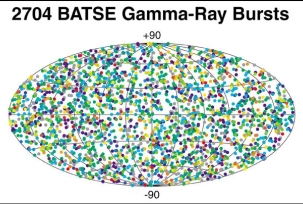
Satellites in the 1960's looked for a type of light called Gamma Rays. They found bursts of Gamma Rays coming from outer space! They can't hurt you. They are stopped by the Earth's atmosphere. We have
...more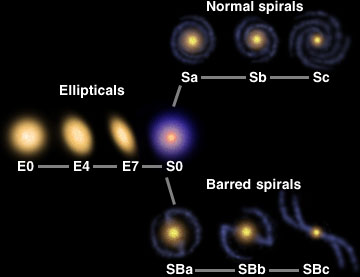
When we look up at the night sky, we notice that there are many stars in our sky. Stars must like to live together in star cities - galaxies. Our city of stars is called the Milky Way, and it is home to
...more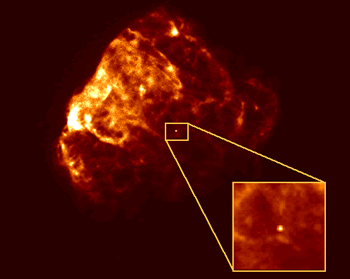
Neutron Stars form when really big stars die. When such a star runs out of fuel its center begins to collapse under gravity. When the center collapses the entire star collapses. The surface of the star
...more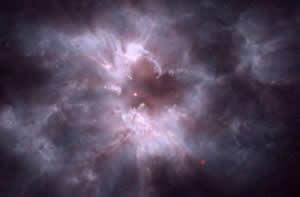
When stars like our own sun die they will become White Dwarfs. As a star like our sun is running out of fuel in its center it grows into a red giant. This will happen to our sun in 5 Billion years. The
...more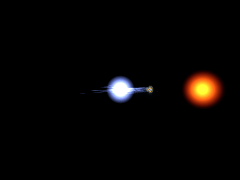
What's in a Name: Arabic for "head of the demon" Claim to Fame: Represents Medusa's eye in Perseus. A special variable star that "winks" every 3 days. Type of Star: Blue-white Main Sequence Star, and
...more


